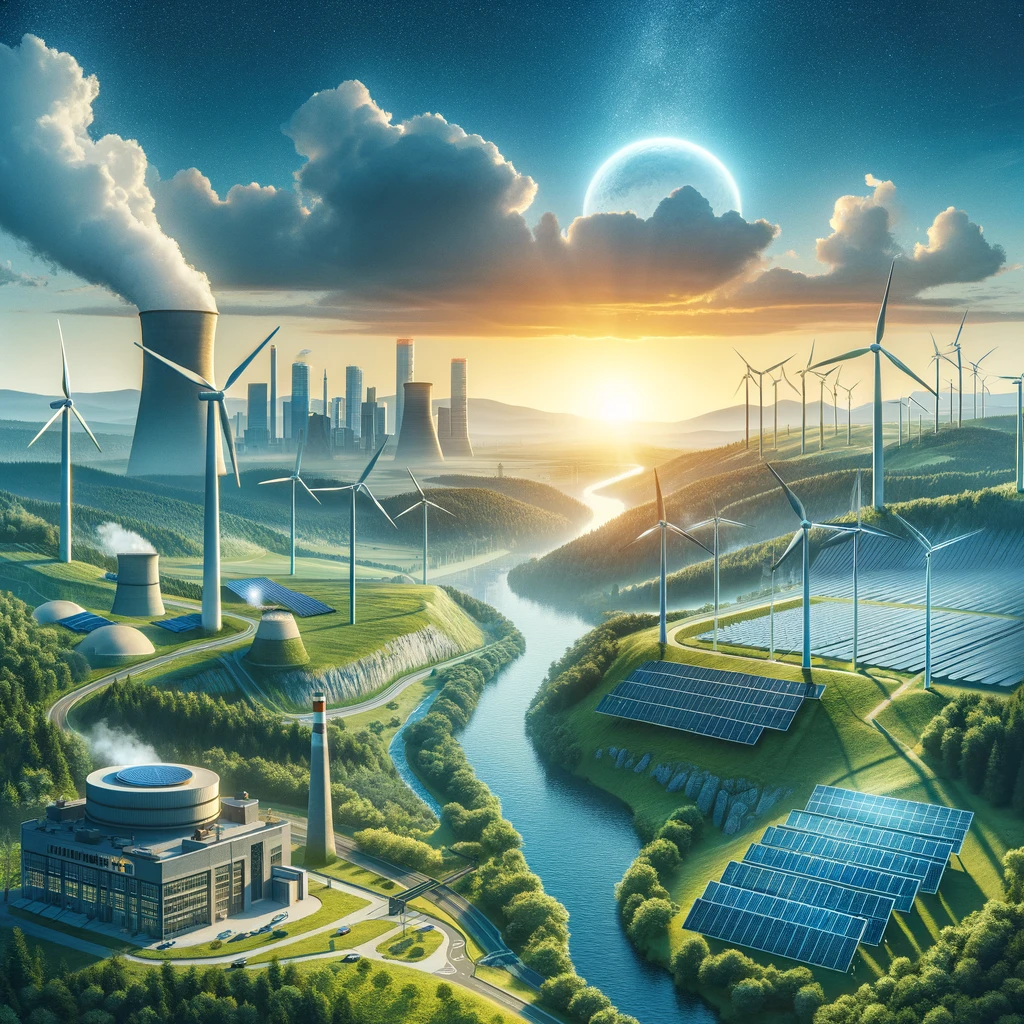
The Czech Republic is in the midst of its own energy transition. According to CEZ, Czech companies required 11% more green energy from the nation’s largest producer last year.
The decarbonisation process, which has now become a prerequisite for international competitiveness, is also supported by politicians who are making more and more progress in this direction.
Data from CEZ and other suppliers
“Virtually every day we deal with companies that want to resolve their decarbonisation and climate commitments. Reducing the carbon footprint is crucial for many companies from the point of view of their competitiveness on the international market. Many foreign companies today make cooperation with domestic business partners conditional on decarbonisation,” said Kamil Čermák, Managing Director of ČEZ Esco.
This is broadly reflected in the statistical data published by the company itself and its competitors. ČEZ Esco increased the supply of energy to companies from renewable sources by 10% year-on-year to almost two terawatt hours (TWh). At the same time, the demand for nuclear energy rose by 13%, with 630 gigawatt hours (GWh) being taken from the plants.
According to Čermák, many companies are considering installing photovoltaic systems on their buildings, such as on campus roofs. ČEZ Esco completed 80 similar projects last year and is currently building another 40. However, these installations are expected to meet only a fraction of the company’s energy needs. This confirms both the efforts made so far and the veracity of the optimistic forecasts of ČEZ’s director that demand will grow even faster in the coming years.
Other suppliers, such as Prague Energetics (PRE), also offer green energy to customers. According to spokesman Karel Hanzelka, PRE aims to supply around 500 GWh of green electricity to companies this year, with a further 71 GWh destined for households and small businesses. The green electricity is mainly produced by biogas stations and hydroelectric power plants, with a share coming from photovoltaic power plants.
E.ON has long been offering customers electricity exclusively from renewable sources. “In recent years, interest in this product has been fluctuating, influenced by events such as the energy crisis and the war in Ukraine, which focused attention on prices and security of supply. Recently, there has been renewed interest in green energy, especially from customers aware of the environmental impact of their choices,” explained spokesman Roman Šperňák.
The plan for 2033
As already mentioned, the ongoing process of decarbonisation cannot only be considered from an economic perspective. It is a crucial aspect of the current programme of the government led by Petr Fiala of the ODS party. Politicians are faced with the challenge of balancing the needs of the European institutions and market with the possible consequences on the domestic labour market. This is especially relevant considering the prospect of the closure of the Počerada and Chvaletice power plants, along with the respective coal mines owned by Sev.en Energy, due to recent European regulations that could compromise their competitiveness.
In this context, Industry and Trade Minister Jozef Síkela (STAN party) – one of the main contributors to the law for a controlled transition away from coal in the energy sector by 2033, starting in 2025 – emphasised the need to prepare a legislative proposal marking the end of coal use and introducing a new programme of public support instruments, to be notified at European level. Síkela said: ‘My goal is to achieve a controlled transition away from coal through the establishment of a deadline for this transition. He also pointed out the current lack of a ‘capacity reserve’, which could lead to the Czech Republic having to import a considerable amount of electricity.
In this situation, the government’s support on various fronts is crucial to ensure that the Czech Republic keeps pace with other European countries in terms of the competitiveness of local companies and that the efforts made produce the desired effects.
AI-generated image
Graphic source: www.storyset.com









